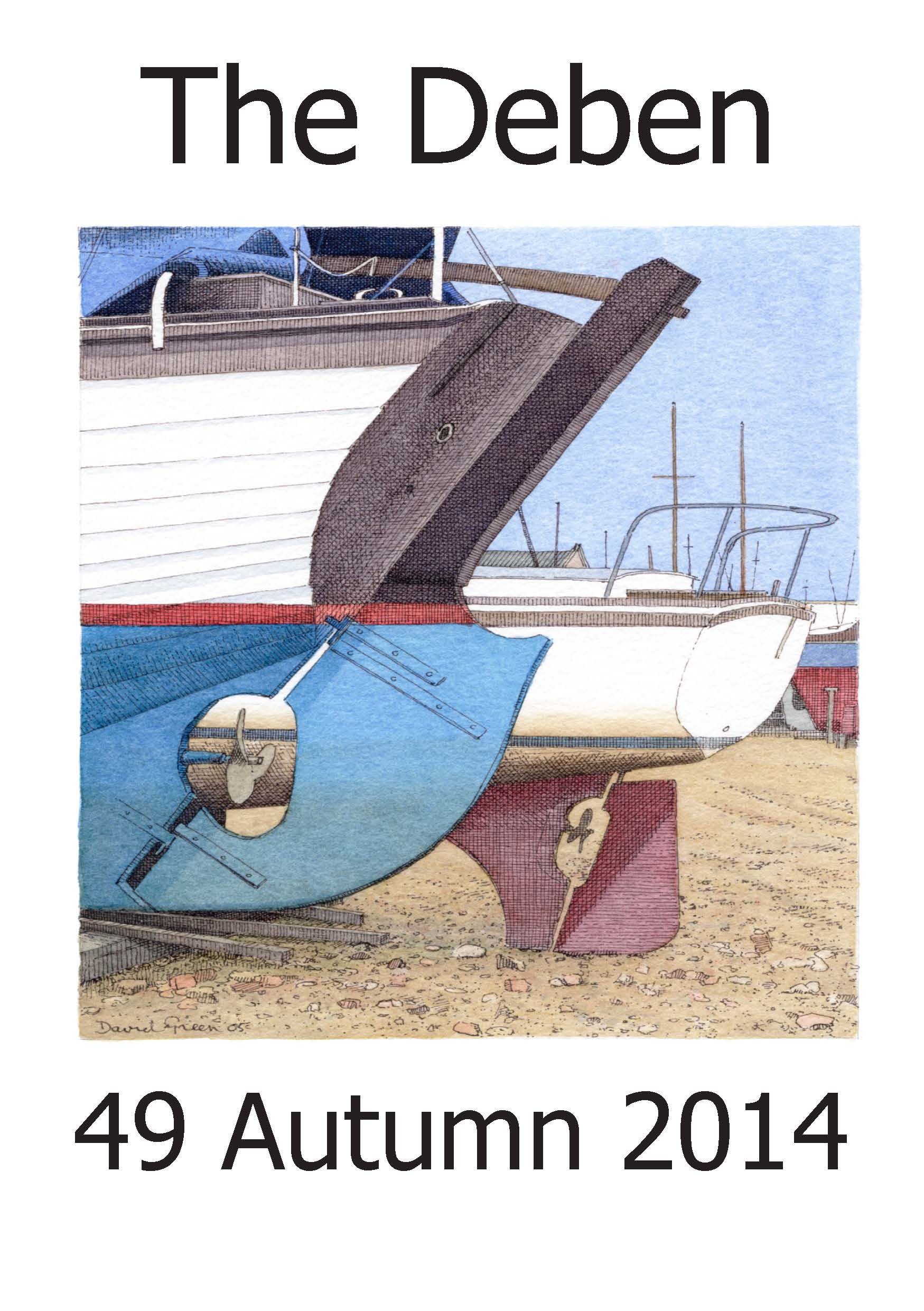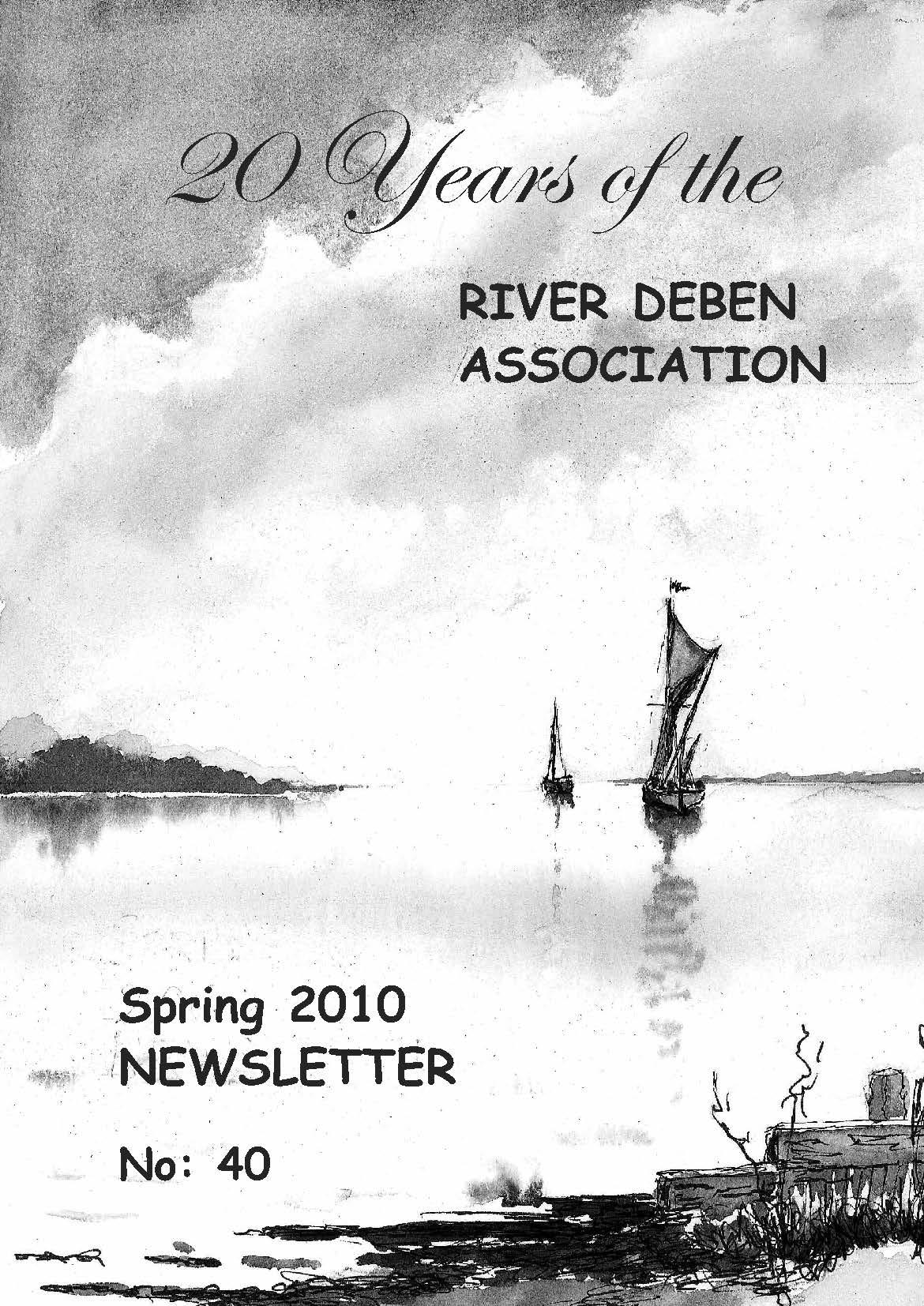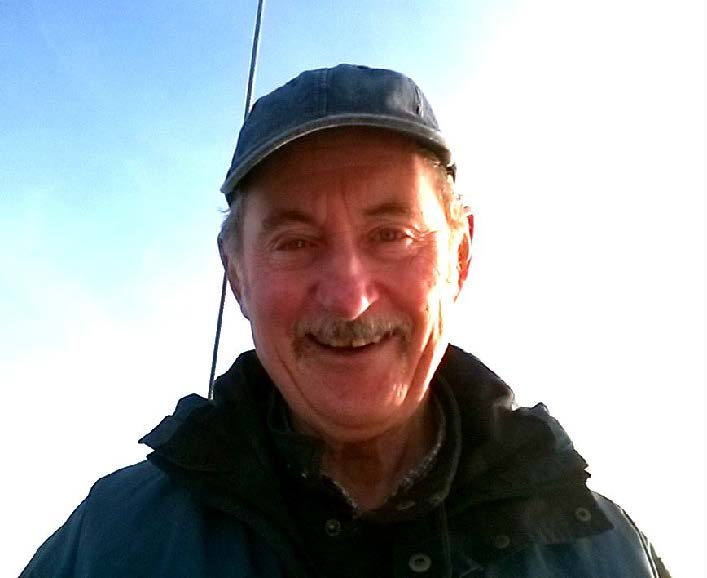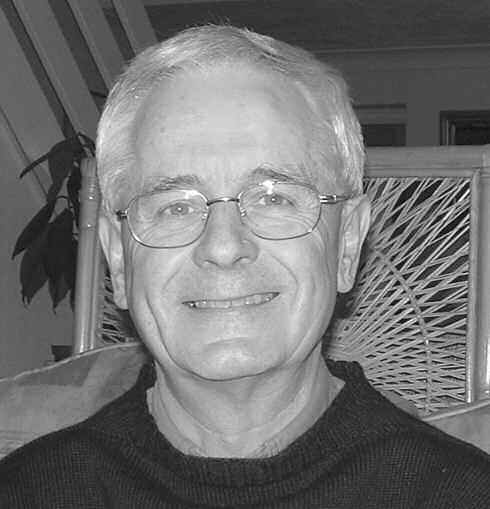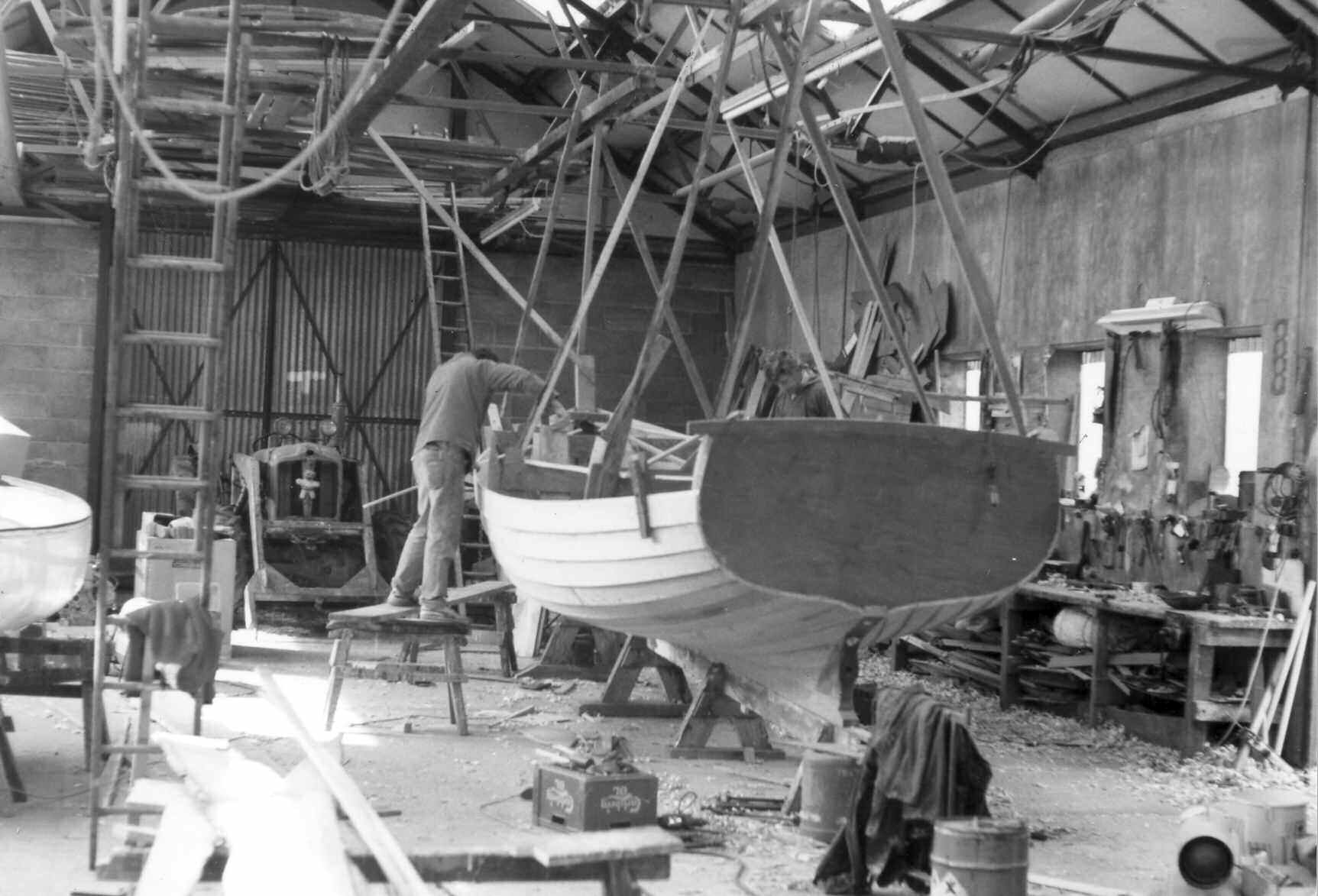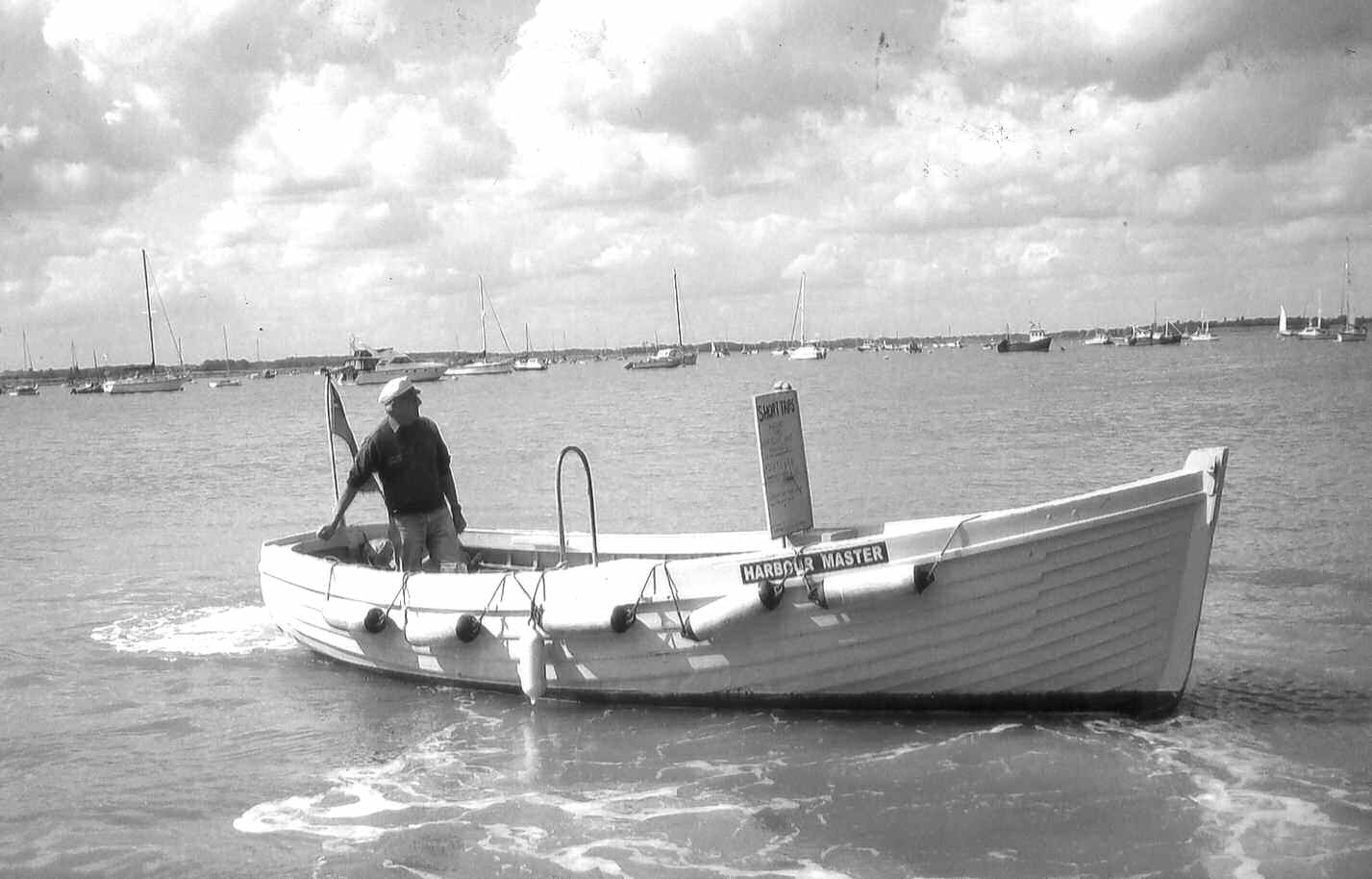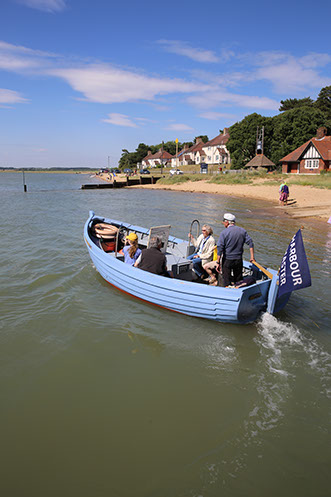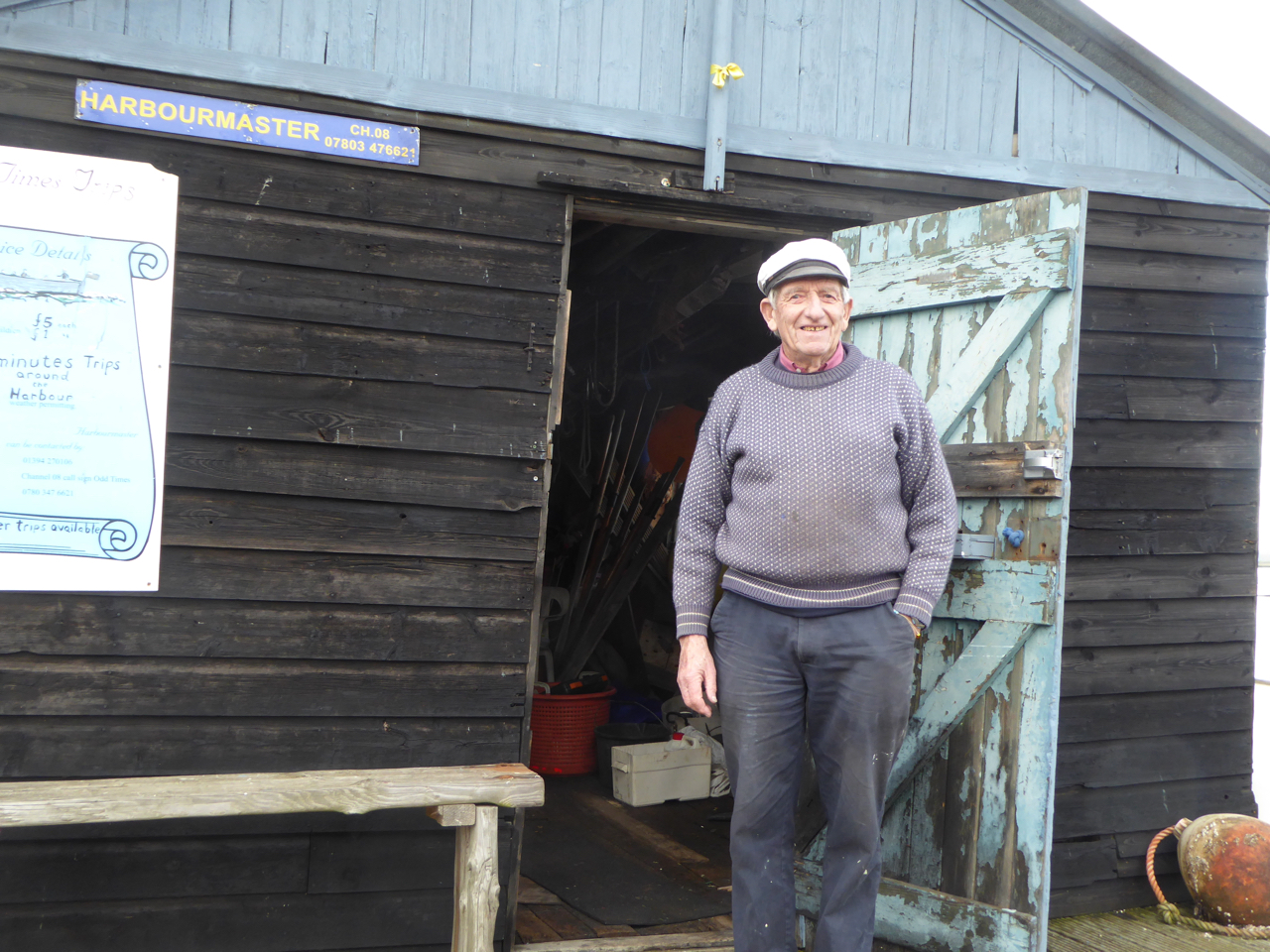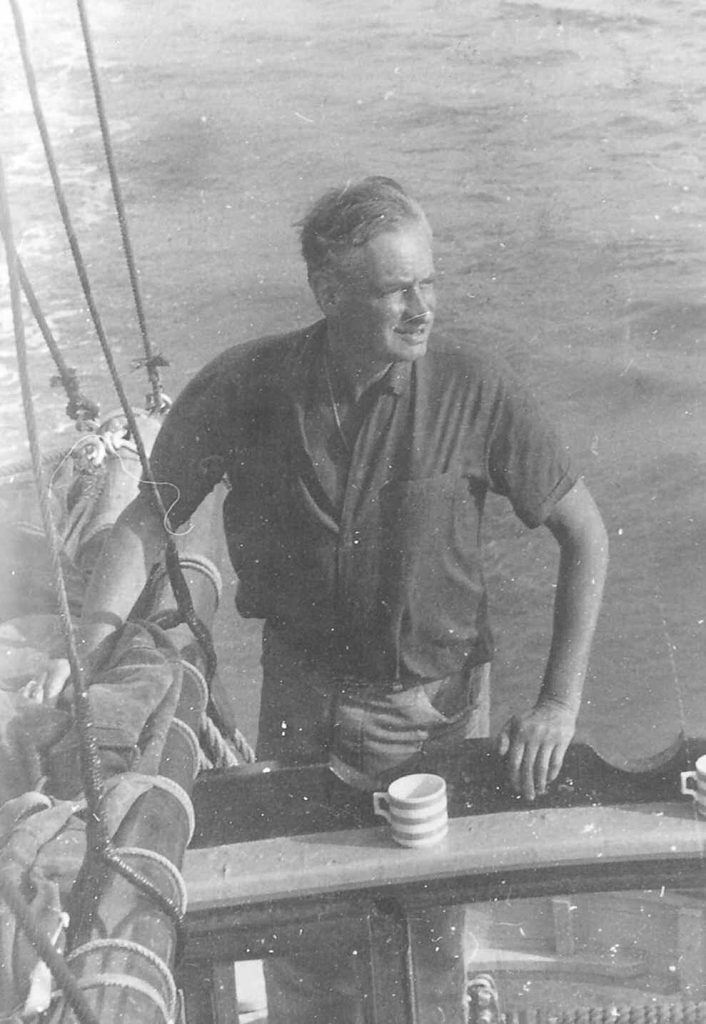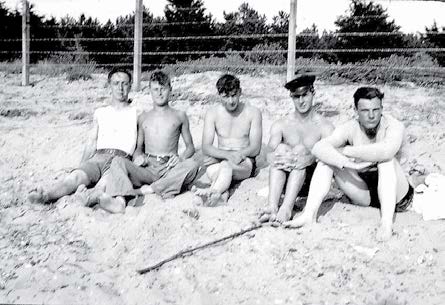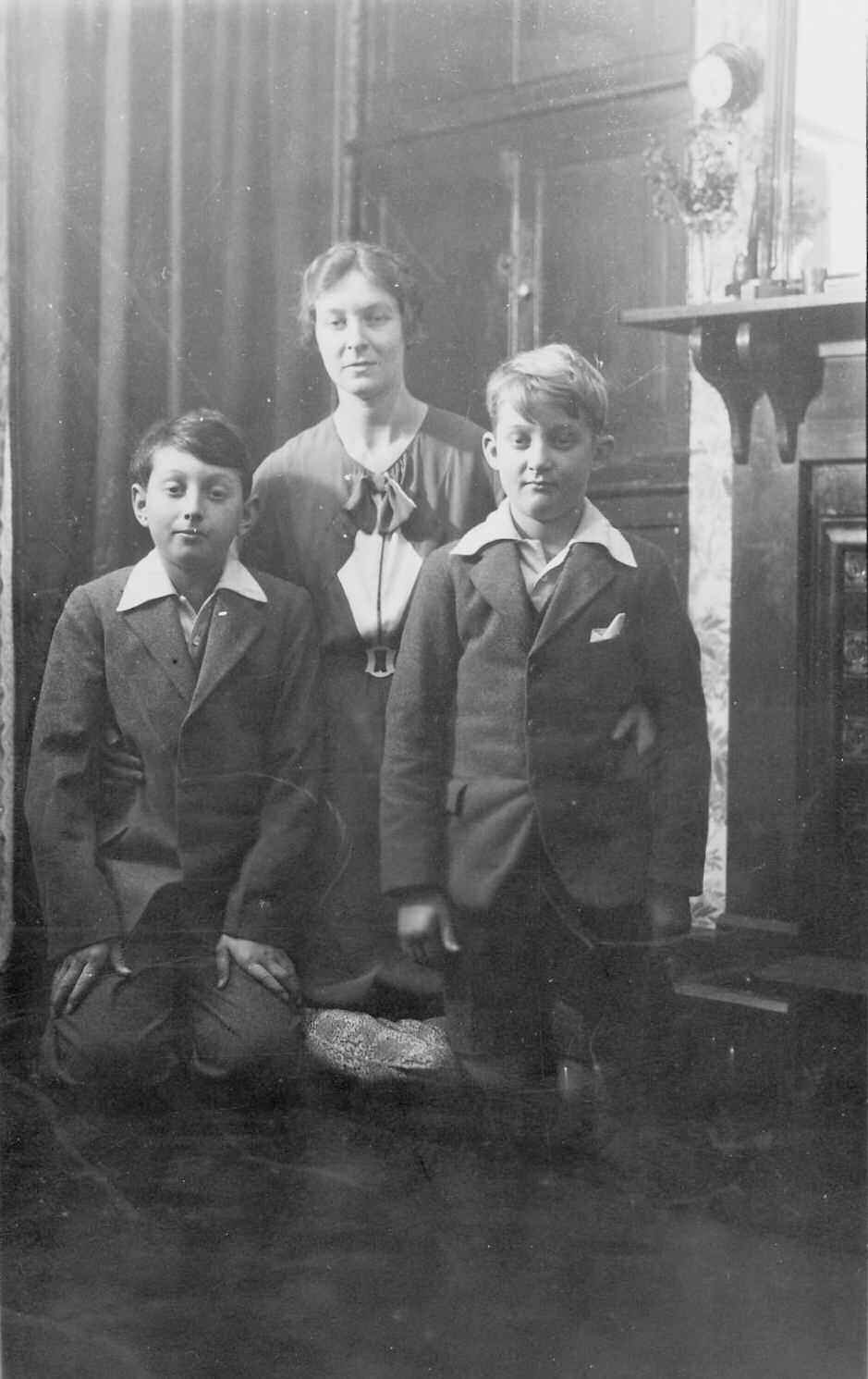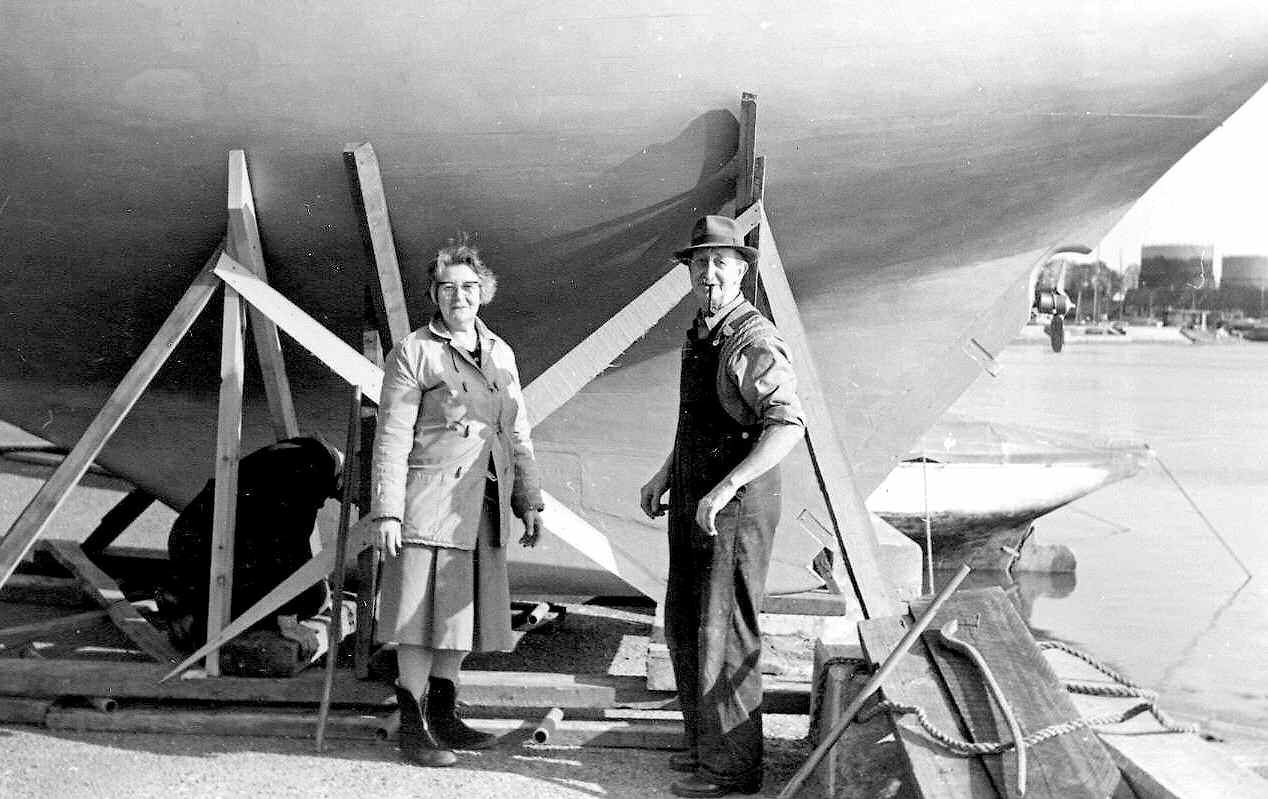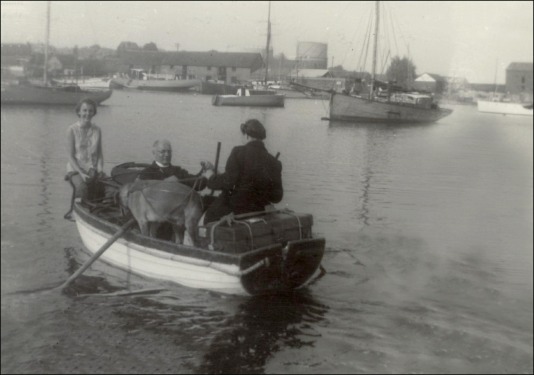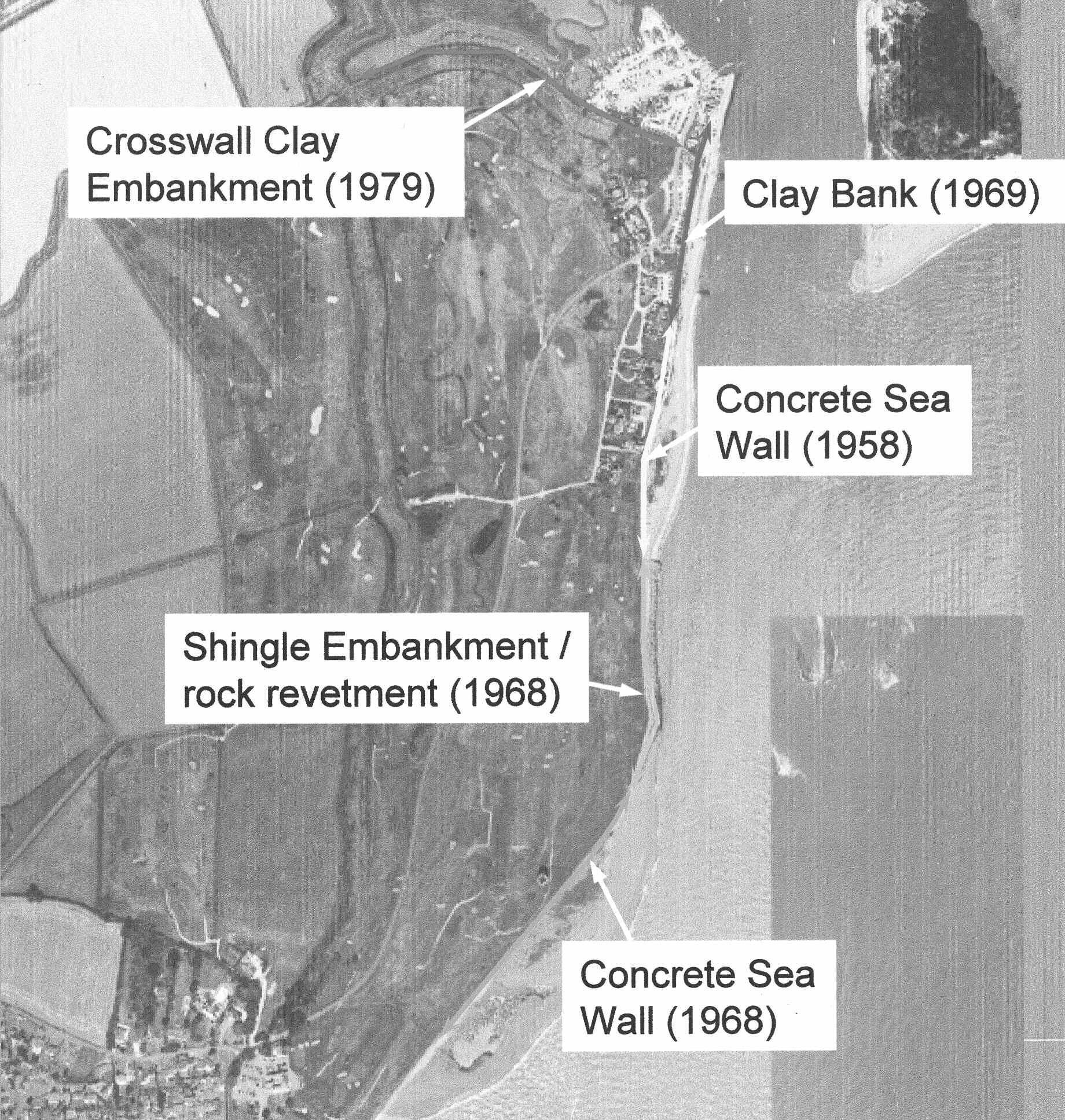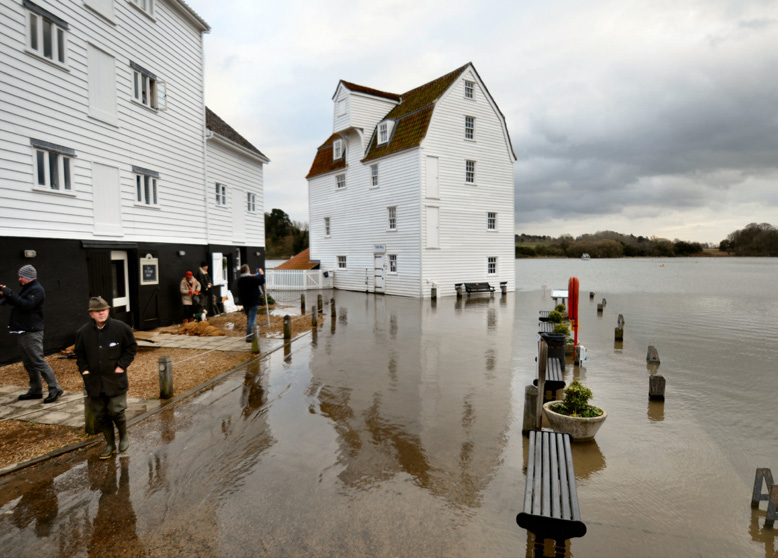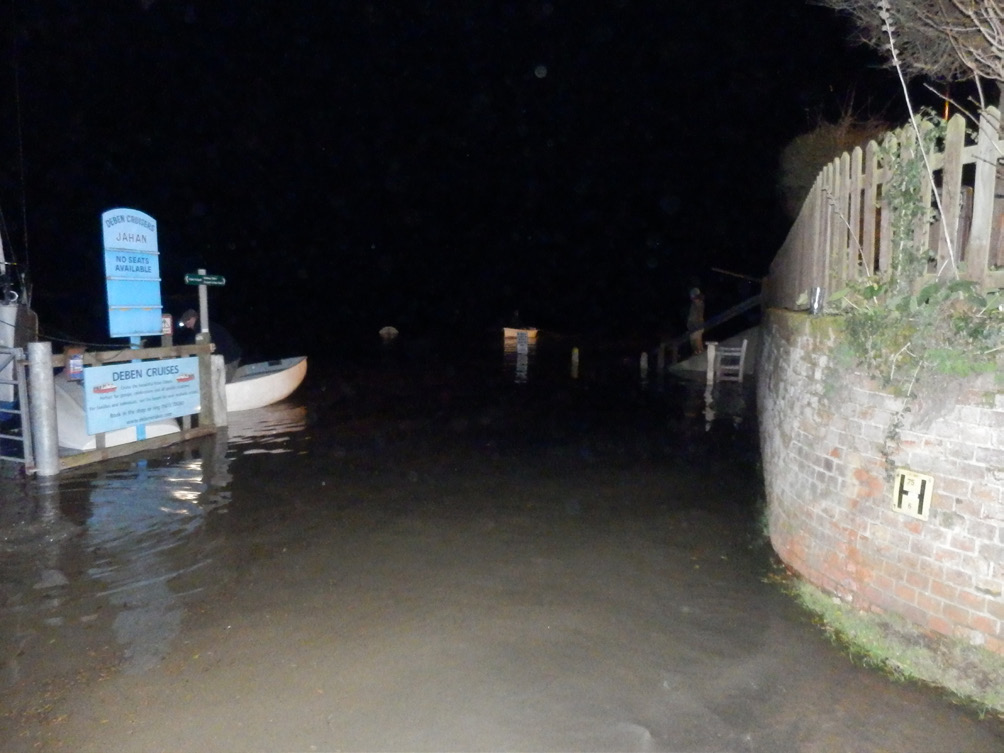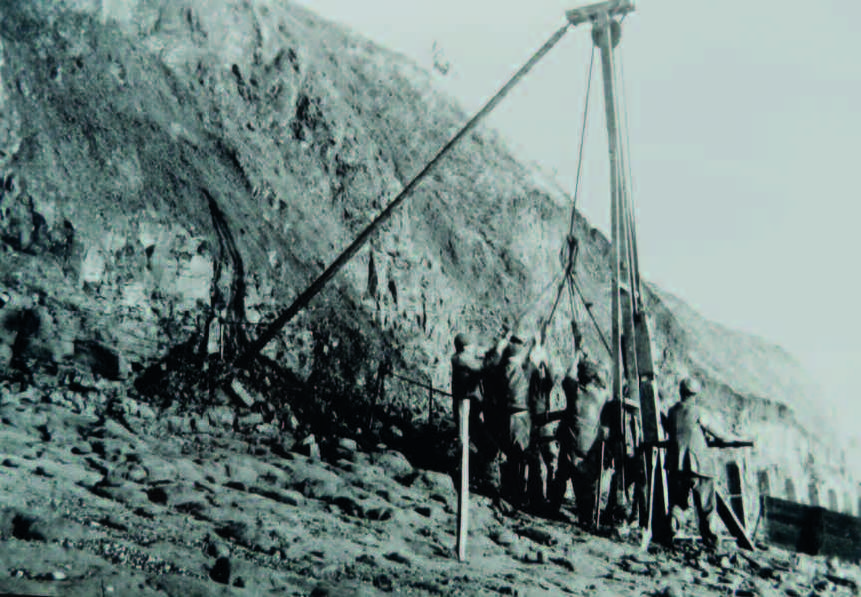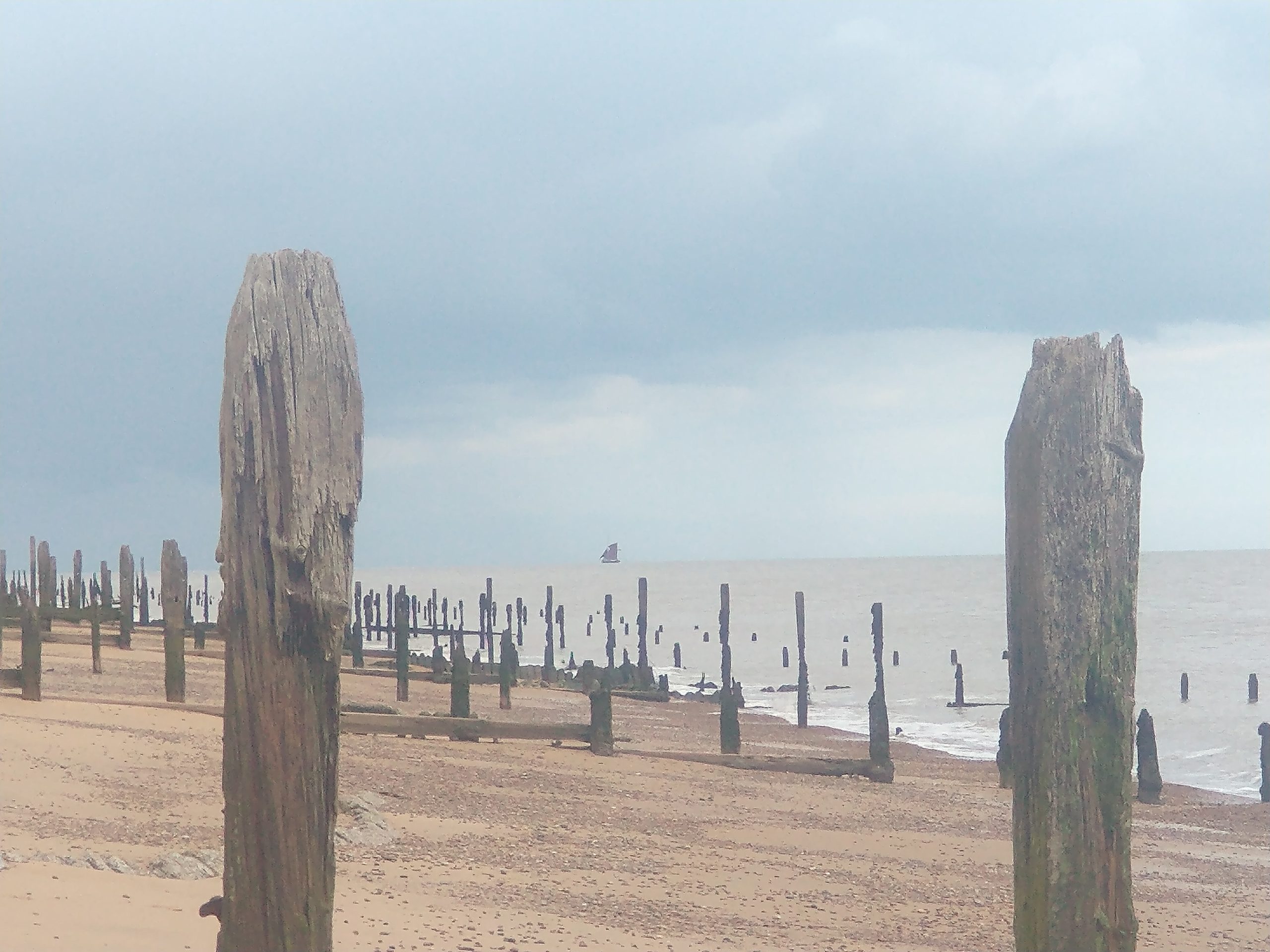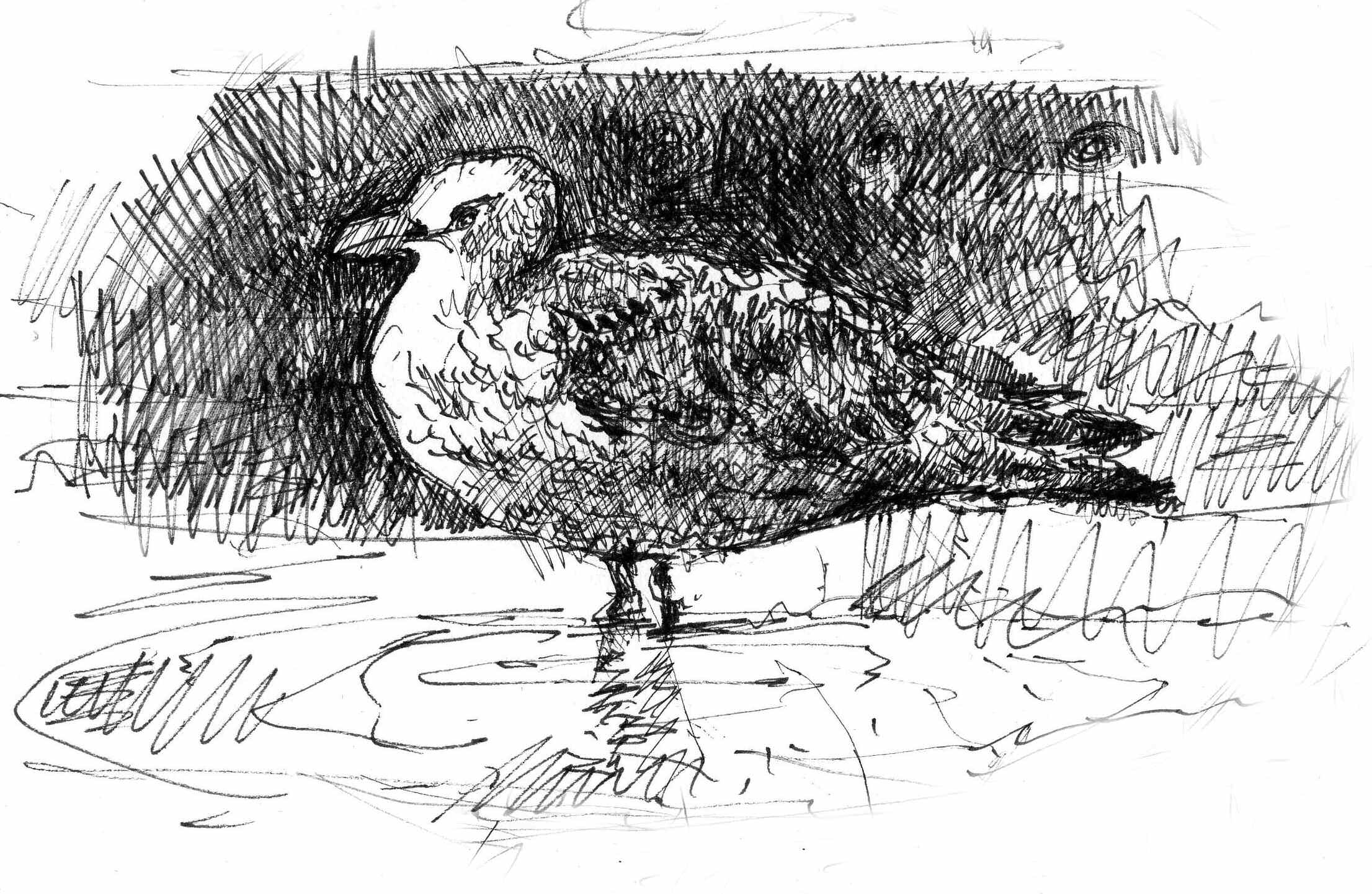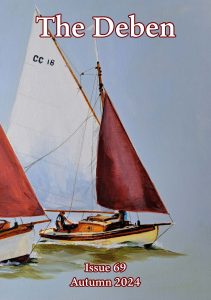by Bertie Wheen
This is one of a series of articles, the previous of which are:
These are encouragements to go to our magazine page and have a look through our back catalogue. It might not seem like an interesting thing to do, but if you do, and live on (or otherwise have a relationship with) the Deben, I can quite confidently tell you that you will find interest there.
In these articles I’m telling a little of our (the River Deben Association’s) history, and pulling out quotes from a few of the pieces that have appeared in our newsletter/magazine to give you some of the flavour before you (hopefully) go through the archives yourself.
Once Upon a Time… featured items from the RDA Newsletters of the 1990s, the RDA’s first ten years. News from the Noughties did the same for the 2000s in two parts, covering approximately half of the decade each.
This first part of ‘’Zines from the ’Teens’ aims to do the same for the first five years of The Deben, the magazine the RDA Newsletter became in 2010 under its new editor, David Bucknell.
At the end of News from the Noughties I wrote:
“At some point in the future I will finish the job of indexing them [the back issues] – I don’t yet know when that will be as it’s not a quick thing to do, but I am looking forward to it.”
That was almost exactly two years ago(!), but I have finally gotten around to it. Though this post will only really pick out pieces from ~2010–2014, I have at least completed the indexing right up to the present day. I’ve also reformatted it and added the covers of each edition next to the links to their PDFs. I’m sure there are further ways it could be improved – in fact I can even think of one or two – but there are only so many hours in the day and days in the week. Still, I hope that it’s useful.
I’ve already found it useful myself actually – occasionally I’ll want to mention something from an old edition to someone, but not be able to remember which edition that was. Now I can simply hit Ctrl+F (or Cmd+F on Mac, or look in your browser’s menu for an item called something like “Find in page” or “Search within page” if you’re not comfortable with keyboard shortcuts) and type part of the title or the author’s name, and usually find whatever I’m looking for quite quickly.
As I’ve said in the previous articles, if you were to only read either these or past editions of the magazine, definitely prefer doing the latter. These are merely some notes and comments from my own looking through of them, and are very much not exhaustive.
The RDA Newsletter became The Deben magazine with the Autumn 2010 edition (#41). David Bucknell had begun his editorship with the previous edition, the last Newsletter (#40). Prior to his taking up of the mantle, the role of editor had been vacant for a couple of issues, since Nick Wright stepped down after having produced #37.
The Newsletter had managed to tick over in the meantime thanks both to Ed Stanford, then RDA Chair, filling in as interim Editor, and to Mark at BettaPrint Woodbridge, who Nick honoured at the end of his final Editorial, whilst advertising for a successor:
“The Editor regretfully announces his retirement from the editorship of this newsletter, due to other commitments. It is nearly five years since he took over this enjoyable and rewarding job and he will continue to offer his assistance to the new Editor. Anyone who might think about taking over this post should be assured of full support from a very active RDA committee. Mark, in Bettaprint, cheerfully supplies all the technical knowledge – contributors, all the local knowledge, literary, and artistic style – needed to keep it going well, with only the lightest of hands on the tiller. For a few hours voluntary work, twice yearly, the Editor gets a lot of undeserved credit for other people’s hard work.”
Mark isn’t as involved with the content/design side of producing the magazine these days, but continues to be its printer.
David Bucknell clearly didn’t get the memo. In fact, it seems that he literally didn’t, and what he instead saw was Ed Stanford’s notice of his own resignation (at the end of his Chairman’s Report in #39), in which he repeated the call for an Editor:
“By the time of the Annual General Meeting in April 2010 I shall have been Chairman for five years and for the last two issues Editor of the Newsletter as well. At the AGM I propose to resign and I hope that between now and then a member who cares about the river will come forward to take my place. I suggest that future Chairmen should hold office for three years unless they particularly wish to carry on.
If any member is interested in taking over from me please do not hesitate to get in touch for a general discussion about the role.
May I remind you that we still need a volunteer to look after the Newsletter.”
David began his inaugural editorial (#40) by saying as much:
“For many years the Newsletter dropped through my door. I read it, enjoyed it and thought ‘There are some good people protecting the interests of the River Deben. I can leave it to them.’ Then I saw Ed’s appeal for an Editor and thought now is the time to make a contribution – so here goes!”
David Bucknell.
His figurative not getting of the memo, perhaps due to his literal not noticing of Nick’s comment that he needn’t put in more than a few hours and could rely on Mark for the rest, was that he did no such thing – rather, he made dramatic changes and put in the longest stint of any RDA Editor to date (18 editions, stopping only shortly before his death in 2019 due to ill health), contributing much, including many articles of his own (as well as all the ones he convinced others to write), along the way.
Leigh Belcham also saw Ed’s appeal for a replacement Chair, and not only became his successor, but did exactly as he suggested regarding stepping down after 3 years. Leigh was appointed as Chairman at the 2010 AGM, and was relieved by Robin Whittle at the 2013 AGM.
Now, I don’t want to monotonously give the dates of who took over from whom in which roles when (though if you’d like some history of the RDA’s Chairs, see the 25th Anniversary Edition #50, in which Richard Hare discusses the 7 people who had filled the post up to that point), but I make a bit of a point about these appointments, particularly David Bucknell’s, because he had such a profound effect on The Deben. As Leigh said in his final Chairman’s Report of David, then relatively early in his tenure:
“Some very appreciative comments have been received from members about The Deben, our twice-yearly magazine, into which David Bucknell has put so much hard work. He never ceases to amaze us, even those who thought they knew the river well, with information and stories about Deben boats and Deben people of times gone by.”
In fairness to Leigh, while David was busy modernising the magazine, Leigh was doing the same for the Association, as David ended his Editorial that issue by saying:
“Lastly a big thank you to Leigh who throughout his tenure has stayed focused and worked hard in developing the RDA into a contemporary organisation equipped to represent those who love and use the Deben. He has the unique distinction of being the first Chairperson to find a successor before his retirement date. Well done Leigh!”
Leigh Belcham.
Leigh’s successor, Robin Whittle, would also turn out to be David’s interim successor in 2019 – though that’s really something for the second part of this article.
In this part, I’d like to now focus on the other people that have made The Deben what it is – not just the editors etc. who have helped organise it and tie it all together, but the authors who have contributed the raw content of its articles, without which there would have been little interest or enjoyment to be found by its readers, and little for editors to edit.
Leigh’s mention of “information and stories about Deben boats and Deben people of times gone by” could reference not only David’s own knowledge, but the series he instated.
John White and Andrew Moore building Ellen.
The first of these, ‘Boats of the Deben’, had its debut (as a named series – there had been some articles before along similar lines) in a piece written in Spring 2010 (#40) by John White, the legendary Felixstowe Ferry Harbourmaster, about Ellen, for ten years the Felixstowe Ferry ferry. He had helped build her in 1989 when he worked at Felixstowe Ferry Boatyard (which he did for 42 years, starting as an apprentice, becoming a qualified shipwright and retiring at 60). She had become the ferryboat in 1995, and he bought her when he acquired the Ferry licence in 1999.
John White on Ellen.
“I ran the Ferry for 6 years and then retired [as Ferryman – he’d retired from the yard shortly before acquiring the licence], retaining the boat for my Harbour Master’s duties and also to run river trips. The boat has a SCD Council licence to carry 12 persons and carries all the appropriate safety equipment to do so.
I use the boat to regularly check the Bar and to survey the knolls around the estuary entrance. In this way I can give the best possible advice to yachtsmen on entering or leaving the Deben, how much water there is over the Bar at any particular time, etc.
When I was running the Ferry the engine would do at least 1000 hours running a season. This led me into replacing the engine in 2002, keeping the old one as a spare. Apart from that everything about the boat is original.
Ellen is in use almost every day throughout the year except for an annual refit and inspection to retain the passenger licence.
It’s a great feeling to be using a boat that was built by myself and the enjoyment of being on the finest river on the East Coast adds to the enjoyment. Long may it remain.”
John continues to give river trips on Ellen.
And long may John White remain! As Peter Willis started his profile of John in Spring 2021 (#62) by saying: “If ever a harbour and its harbourmaster were made for each other, it has to be John White and Felixstowe Ferry.”
And long, too, may the Deben chartlet remain. As well as John’s advice – I’ve long lost count of how many times we’ve asked him about the Bar at different times and in different conditions, and based our navigational decisions largely upon his assessments (in fact, the only time I’ve really got into trouble on the Bar I hadn’t asked his advice – though I also made multiple other fairly catastrophic mistakes on that occasion) – the Deben chartlet is something we download at the start of every season (even multiple times if the sands are shifting so much that it’s revised partway through, as happened a few years ago), and always have a couple copies of in waterproof sleeves on board (or, when crossing the Bar, in hand). As Peter said, “what John is best known for is his annual chartlet, showing the current positions of the shifting knolls that make up the notorious Deben Bar.” It has arguably gotten easier since the southeast entrance punched through a couple years ago, but it is narrow and even this season we’ve been asking John’s advice and making use of the chartlet. After all, much of the difficulty of the Bar isn’t just in its crossing, but in its changeability.
Anyway, this isn’t a profile of John White, and I really mustn’t ramble too much, otherwise what’s planned to be a two-part post will turn into a several-part-er…
John White. (Photo credit: Peter Willis.)
Unlike some proposed series over the years, ‘Boats of the Deben’ successfully continued throughout David’s editorship. (Unfortunately it somewhat faltered afterwards, though I do think we should bring it back as a consistent named feature. The thought may have come too late for this Autumn’s issue, but maybe come the Spring I might make its case.)
It was not just “Deben boats” that Leigh mentioned, but “Deben people”, and on that front an ‘Artists of the Deben’ series started in the subsequent issue, the first of The Deben (#41). That also continued quite successfully (as it does to this day) – except that for a while it was generally called ‘Artists and Writers’, despite nearly always featuring only artists.
They did feature a writer in the that first instalment though, in the form of George Arnott. For his profile, David Bucknell enlisted the help of Robert Simper (the only other writer to be featured, in #48), George Collins (who recently passed away, an obituary for him appearing in the most recent edition, #68, written by Robert Simper) and Margaret Wyllie (the only artist to be twice profiled, in #45 and #66). I’d heard of Arnott, particularly as a friend of my great-uncle Jack’s, who was gay back when it was still criminalized, and partly through the Waldringfield book (which I have plugged in a previous post, but as its typesetter don’t mind doing so again). I thought this part of the quote from Ramsholt Harbourmaster George Collins about Arnott was quite funny, in which he talks around his homosexuality in a way that only someone from that era would:
“Yes I knew him for years after the war. He had his boat in Waldringfield in the 50’s. He used to come here in his boat, him and his men friends. No females at all. Then he used to sit on his boat and skinny dive off here with no clothes on. They used to anchor off here and sit on the boat with sail down one side down from the boom. They were skinny diving on the other side. No one could see them unless you were on the water. He anchored off here in those days. Used to be a half a dozen of them. They always had a party. Then they used to come to the pub. Always very jolly. He used to drink quite a bit. Never married.
He used to do all the boat sales. Jumbles they are called now. Sold boats and bits and pieces – where the swimming pool is now. He was well known in Woodbridge – well known everywhere – tall skinny chap. People did not take much notice (of the swimming ed.) – there weren’t that many people around in those days. Most of the river people knew him but the public did not know about him. In Woodbridge they just knew him as an auctioneer. I imagine he was a good auctioneer – he was a good speaker.”
George Arnott. (From Robert Simper’s The Deben River.)
There was also this amusing anecdote amongst Robert Simper’s reminiscences of Arnott, who “nearly always [had] a deep suntan”:
“George Arnott left the quiet waters of his beloved Suffolk estuaries when he took L’Atalanta [Arnott’s 35ft cutter that Robert would later own], with Frank Knights as crew, for the Dunkirk Evacuation in 1940. In fact the Navy, wisely, kept the deep-keeled L’Atalanta at Ramsgate. Not in the least deterred, George boarded a motorboat and went off to help get the soldiers back from the beaches. He made the Deben men laugh because, even in a bad war situation he stripped off to the waist to make the best use of the sun.”
He didn’t just make light of it though, as can be seen in this excerpt from Arnott’s classic book Suffolk Estuary: The Story of the River Deben, which David Bucknell quoted in Autumn 2013 (#47), as he said something Ron Everson had contributed reminded him of it:
“Yet, two decades later, in the late summer sunshine of 1939, when I sat on the beach at The Rocks near Ramsholt and watched the yachts hurrying back to their home ports to be laid up, the light of the river faded and the scene became suddenly dead. The glory of the river was still there but the friendships which animated it had gone. Many of my comrades were off to war and I knew that I too, must go, not with a fear of death but with a terrible dread of losing something I held so precious.”
Ron’s contribution had been the first in another, shorter-lived series. That was ‘Deben Reflections’, in which David hoped that “you the readers will contribute a short piece about the Deben that has a particular association for you. You might choose a place on the river or a picture that is special to you or your family or an object or view – something that resonates with your experience of the Deben. I hope that you will write 100–200 words about why this place or association is important to you.”
“To start the series off I have a photograph sent to me by Ron Everson of four of his friends before the outbreak of the Second World War sitting on the beach at Bawdsey.”
Bawdsey Beach 1937.
Ron discussed who his friends in the photograph were, what they did in the war and some other details, as best as he could remember (it being 76 years ago at the time). He also tries to recall the context of the photograph, taken at “Bawdsey beach just to the east of the Bawdsey ferry pier”, he thinks during “a week’s camping at Waldringfield”:
“How did we get to Bawdsey beach!!!! As I recollect for the camping holiday at Waldringfield I borrowed a bell tent from Woodbridge School Scout Troop, and the hack motor boat from Everson’s yard. So guess we motored down to Bawdsey beach. We certainly didn’t have cars in those days and we didn’t cycle!!! I possibly chose the spot as my father, Cyril Everson, used to occasionally take our family there for a Sunday picnic. We would invariably sail to Bawdsey so the tides had to be right for the sail down and the sail back to Woodbridge!!!
We now know that in the manor in the grounds behind the barbed wire Robert Watson Watt and his scientists were developing the early warning radar that was a major factor in The Battle of Britain a few years later.”
Ron, Molly and Eric Everson at Crown Place.
Speaking of Ron Everson, those who’ve seen the following photo of his aunt Molly (and uncle Bert) while walking past Everson’s pontoon (and wanted to know more about the her and her sister Ethel) may be interested in ‘Two Sisters’, an article in Spring 2011 (#42):
Molly and Bert Everson in the Yard.
Following on from Ron’s wondering how he and his friends transported themselves down from Waldringfield to Bawdsey, in the next issue (#48) Kit Clark reflected on how she and her sister would transport their school trunks up from Waldringfield to Woodbridge:
“Unusual way to transport two school trunks, going P.L.A. [passenger luggage in advance], at the end of the school holidays, in the early 1950’s.
My father, Canon Trevor Waller, my mother Nora Waller, myself Kit Clark nee Waller, my sister Julia Stroud nee Waller and our Labrador dog, Sailor, would wheel barrow our two trunks from Waldringfield Rectory to the beach, where they would be man handled into our father’s dinghy and rowed out to his yacht, a Deben 4 tonner named Nora. We would sail up to Woodbridge, or motor if there was no wind.
From this photo, taken by my sister with her Box Brownie camera, we are rowing ashore at Woodbridge. Once ashore we would then trundle the trunks on the wheel barrow up to Woodbridge Station. The trunks would be booked in to go P.L.A. That bit was always fun, the actual going back to school, which was in Staffordshire, was not much fun.”
As well as these longer series (though Deben Reflections only ran until the 25th Anniversary issue #50, as the point of it was not only for “the contributions [to] appear in the magazine [but that] a collation of the pieces could be published in booklet form – perhaps to celebrate 25 years of the RDA in 2015”), there were mini-series (somewhat like this article) presented in multiple parts across consecutive issues.
One such multipart article was ‘Who Manages the Deben?’, mainly by David Bucknell, though featuring an interview with Mike Steen of the Environment Agency, which ended up spanning three issues (#41–#43). I mention it mainly in case people read ‘Who Owns the Deben?’ by Sarah Zins in Spring 2023 (#66), or (better) the full version of her article here in the RDA Journal, as they make good complements, as does ‘Who Protects the Deben?’, David’s Editorial in #43.
Image from the Autumn 2011 edition showing various Felixstowe Ferry flood defences. (Photo credit: Environment Agency.)
Of course, not only might one article sometimes cover multiple editions, but sometimes a single edition includes multiple articles covering a given (topical) topic.
For large, or ongoing things, occasionally there’ll be many related articles over multiple editions. One such example were the 2013 floods, which featured heavily in both the Spring and Autumn 2014 editions (#48 and #49). (There continued to be articles by Robin Whittle about the subsequent repair work on the river walls in the 2015 editions.) These may be worth remembering and revisiting as the climate continues to change and become more extreme. Awful floods don’t happen every day, but they do happen (with increasing frequency), and preparations must be made before they do; once they do, it’s too late – you just have to do what you can and hope, as Robert Simper did:
“In December 2013 the Environment Agency gave two excellent days warning that a very high tide was coming. We moved our cattle to high ground and sandbagged the cottage. We have, over the decades, had flood warnings on a regular basis so that we didn’t panic. The police and our family had tried to get us to leave home, but we stayed.
However, at half tide I went down on to the river wall and to my horror found that the tide was already higher than a normal spring tide. I knew the 1953 Flood was going to happen again. I felt really bad, standing alone in the darkness in the roar of the gale and slapping of waves against the wall. I expected our home to be flooded and knew that at this stage there was absolutely nothing we could do, but wait. We sat in the living room and watched television and drank coffee.
At about 1.30am December 6 the waves were almost up to the top of the wall. What really upset me was that in the darkness I couldn’t see to take photographs of the Deben in full flood. I realised afterwards that the 1906 and 1953 Floods had all taken place at night so that no one has seen the Deben topped up to the brim. Then came the great moment when the water started to recede. We, and the houses at lower end of Shottisham, had got away with this one. We had waited thirty-five years before the wall heightening was justified, but it was good value when it happened.”
The Tide Mill, the next day. “Woodbridge Tide Mill was flooded. The Granary Cottage was flooded even though there were boards in front of the doors as water went up the toilets. The ground floor of the Granary was also flooded, closing the café and causing considerable distress to residents. The Flood Barrier at the top of Whisstock’s slipway leaked badly under pressure and flooded the yard. Also the water came up the rainwater drainage pipes and went under the railway line through rain drainage pipes to flood the gardens of the old Ferry Inn.”
The wall heightening he refers to were the preparations that he had made decades before, against just such an event:
“The history of the East Coast of England is punctuated with gales and flood tides. Both have occurred fairly regularly over the decades. We must have had a high tide sometime in the mid-1970s that threw debris on to the top of the river wall in front of my cottage. Since I could remember the 1953 Floods, and the devastating effect they had on the whole area, I knew what this meant. On the next abnormal high tide my home would be flooded.
It took several years of campaigning, but in the autumn of 1978 the Anglia Water Authority said that if I could find the clay they would heighten the river wall. Without any fuss and bother the engineers got on with the work and heightened and widened the Shottisham Creek wall.”
Had he not heightened the wall, the results would likely have been at least as devastating as the catastrophic 1953 North Sea flood:
“The height of the flood tide at Ramsholt seems to have been much the same as the Floods of 1953, but at Woodbridge the three flood marks on walls, although they seem to be variable, suggest that the tide here was higher than in 1953.”
As well as sharing his own experience, he goes along much of the river describing how different places fared, noting:
“The River Deben’s most costly disaster was around Waldringfield Quay and the adjoining grazing marshes. The water came up the road in front of the ‘Maybush’ to flood the boatyard and seventeen properties. Some of the houses were flooded to a depth of over 4ft.”
Waldringfield Quay at approximately 11pm on 5th December 2013, about an hour before peak high water. Mark Barton of the Boatyard rowed along the Quay to access properties. (Photo credit: Alyson Videlo.)
Still:
“The repairs to the river walls after the Floods of 1953 saved the River Deben area from a major disaster and there was no loss of life nor was it a huge financial disaster. Floods are terrifying because once the river defences break, there is no way of stopping the force of the water. We can’t stop very high tides, they have always occurred, but with good defences you can stop most flooding.”
I might have quoted disproportionately from this article, but do feel that it’s an important topic. Before leaving it, I’ll note that it’s one of the many topics that you can find more on in that fine book Waldringfield: A Suffolk Village beside the River Deben.
Quilter’s Gang.
Before moving on from it, it’s worth noting that though, for the most part, we on the Deben got away with the 2013 floods (not entirely, but certainly compared to the potential scale of damage seen sixty years prior) thanks both to the early warning but also our flood defences, we shouldn’t rest on our laurels. Safety only comes with active maintenance and improvement of the various protections we have in place. David Bucknell was warning of this when he wrote in Spring 2013 (#46), in ‘Sir Cuthbert’s Fight with the Sea’ (an article about Sir Cuthbert Quilter of Bawdsey Manor, who had a number of defensive structures built, particularly against erosion – many of which survive in some form to this day, but many themselves eroded):
“The forlorn sign in front of the Manor which reads ‘Danger Decaying Groynes’ is a salutary reminder not only of the projects he undertook but the decline of defences once an individual no longer has a personal interest or the resources to undertake their maintenance.”
Old groynes.
(Even as I write this, there’s an advert on Classic FM playing that warns about being flood-ready and having a go-bag prepared: “Over five million homes are at risk of flooding, yet many people don’t realise they’re in danger. Even if you’ve never been flooded before, it can happen to you. Protect your family and home. Prepare. Act. Survive. Prepare a bag including medicines and insurance documents. Act by moving important items upstairs or as high as possible. Survive by listening to emergency services. Search ‘what to do in a flood’ and sign up to flood warnings on gov.uk.”)
If you read that article and (or otherwise) would like more (older) Bawdsey history, Trustee of Bawdsey Radar Museum Peter Wain provides some from several hundred years ago in both Spring and Autumn 2014 (#48 and #49) with the articles ‘Beer from Bawdsey’ and ‘Bawdsey Man Convicted of Murder’. Peter’s first article for The Deben had been on the history of Goseford (his specialist subject) and Kingsfleet in Spring 2012. I’m pleased to say that Peter continues to contribute to The Deben, having penned pieces for 5 of the last 12 editions, most recently in #68 about an ‘Extraordinary Occurrence in Bawdsey’.
As well as news and history, reports and opinion pieces, there are all sorts of other contributions you’ll find upon looking.
There’s a beautifully-written article by Simon Read – ‘Renewal’, written in Autumn 2010 (#41) – which I can recommend as an example. I’ll quote the first few paragraphs here, but hope you’ll go and read the rest:
“I have been watching a juvenile Herring Gull from the wheelhouse of our barge; it is certainly a teenager and by his body language, it must be a boy. He just hasn’t quite got it, hanging around, tweeting for attention and copying any old role model that comes along. Now he has attached himself to a Godwit and diligently follows, probing the mud with his inadequate bill and shaking his head. Most times he just hangs around to pounce on handouts from the barge opposite. Other times, he has a go at being a swan or a ridiculous duck but upon hearing the cry of a mature gull, he hurries over squeaking, only to be studiously ignored. So, shoulders hunched he stands until the rising tide covers his knees, wondering what to do next. This is a one individual only place; the presence of Herring Gulls on our brackish upper reaches is vagrant and singular. There is no big gang for individuals to lead each other on.
It is autumn and the young gull is not the only seasonal indicator: it will soon be time for the yachts to return for layup and refit. After 30 years barging around here we are accustomed to the annual ritual of renewal that is a winters sleep under covers accompanied by desultory maintenance, followed by fitting out. Year in year out the same boats are reborn through the unstinting effort of owners who, unlike their charges, are not able to respond to the same treatment.
I have considered myself to be immune to this process; however recently, I was interrupted in the normal round of knocking off rust and priming steel, by a gentleman of indeterminate years. He told me about a smart barge, just like ours, that used to be moored where we are now, but owned by a younger couple. I asked him how long ago this was and he reckoned about twenty years and when I said that it was most likely us, he insisted that it couldn’t possibly be; this was a young couple with a child and he went on to describe our previous selves. I said that yes, this indeed was us and that yes we do all grow old; that child has grown up and left home. He sighed and muttered something about the barge looking smart in spite of it all.”
There’s even the odd bit of doggerel verse. Bill Hancock attached some with a letter to the Editor in Spring 2012 (#44):
“Dear Sir
I read with great interest the Editorial in your Autumn issue regarding ‘Who Protects the Deben?’ It reminded me that some time ago I wrote a short piece of doggerel verse on the same subject for the Alde and Ore Association. Due to a change of Editors it never made the printers…..You could even offer a prize for the person correctly guessing the plethora of initials ! (I hope I have got them right)
Sincerely
Bill Hancock
White Hall Lodge
Felixstowe”
BY THE WATERS OF BABYLON
As I was walking by the strand
I spied a Ramsar in the sand;
Said he ‘this is a pleasant spot
A Triple SI is it not?’
I did agree and further more
Explained the mix of Planning Law,
And how he was a lucky chap
Living in a SPA (and SAC).
‘Thank you’ he said ‘you are a ChaMP’
So leaving him began my tramp
By Coast and Heath and tidal creek
Past river walls marked Planned Retreat
Still searching for someone to speak
On all these complicated matters.
EA, NT, all mad as hatters,
EN, S Coastal, SPB.
Wherever could the answer be?
‘All in the Plan’ they said ‘and plain to see’:
To them perhaps…….
It’s clear as mud to me.
It reminded me of another piece from Spring 1993 (#6), which I think I failed to mention in Once Upon a Time…, and oi’d say ye shud read wi’ a proper owd Suffuk accent:
Dirty Deben Doggerel
There’s a different crowd on the river,
And it in’t jist the size of their craft,
I know by the type of their rubbish,
I see go drifting by, aft.
At one time, on this owd river,
We only saw floating about,
Sticks and corks and owd jellyfish,
Their sides goin’ in and out.
Las’ year we saw some grut owd boats,
Leave Woodbridge at turn-of-the tide,
We followed and picked up their jetsam,
And hauled it in, over the side.
Five champagne bottles, right empty,
Nawthin inside but the smell,
And tins with exotic labels,
They all bobbed along in the swell.
If any of yew are a readin’ this,
Tho’ I reckon you live out of range!
“Jist wrap up your duzzy owd rubbish,
And take it back hoom for a change.”
Kate Jones, 1978
(By kind permission of Vivian Mason)
Now, there are of course many other things I could point out, but instead I’ll leave you to have a look, and return with some highlights from the second half of the decade in the next part. The 2010s are great, but if you haven’t already, go back to the noughties, or perhaps even better the nineties, and you’ll come across all sorts of things that’ll make you glad you did.
And though, again, it’s probably now too late to make the upcoming Autumn edition, if you were to send in any doggerel of your own, I’d love to try and convince the Editor to include it! Or, of course, if you have anything else you’d like to contribute – email Julia Jones at [email protected].
Anyway, I do hope you’ll head to the magazine page and have a little leaf-through of it.
Until next time!
Bertie Wheen
Bertie Wheen is currently typesetting The Deben #69, Autumn 2024, which will be sent to Mark at BettaPrint for printing, then put into envelopes and mailed to RDA members around the end of the month. Since the last instalment of this series he has had to move away from the Deben for now, as the old wooden houseboat he’d been living on, Goldenray, reached her rotten end – the Editor, his mother, wrote about this in #67.

